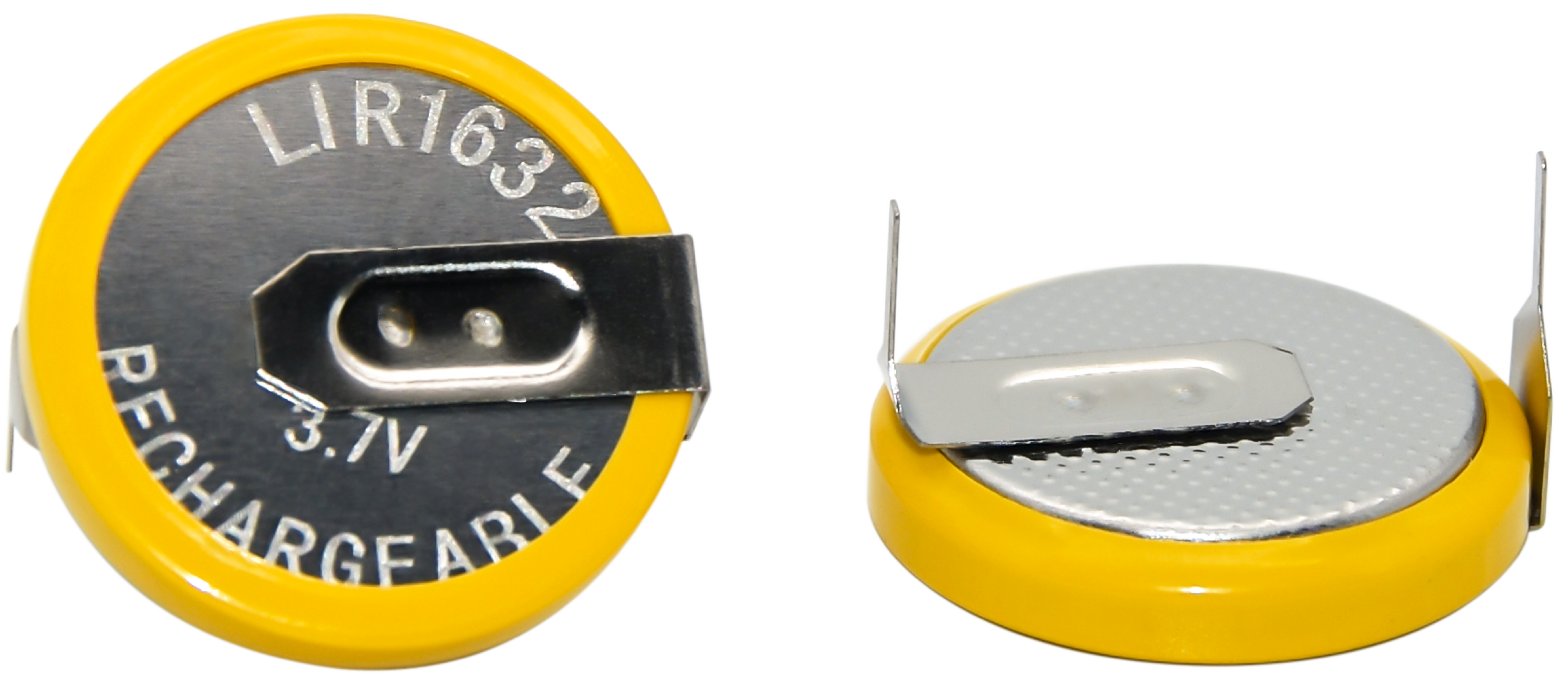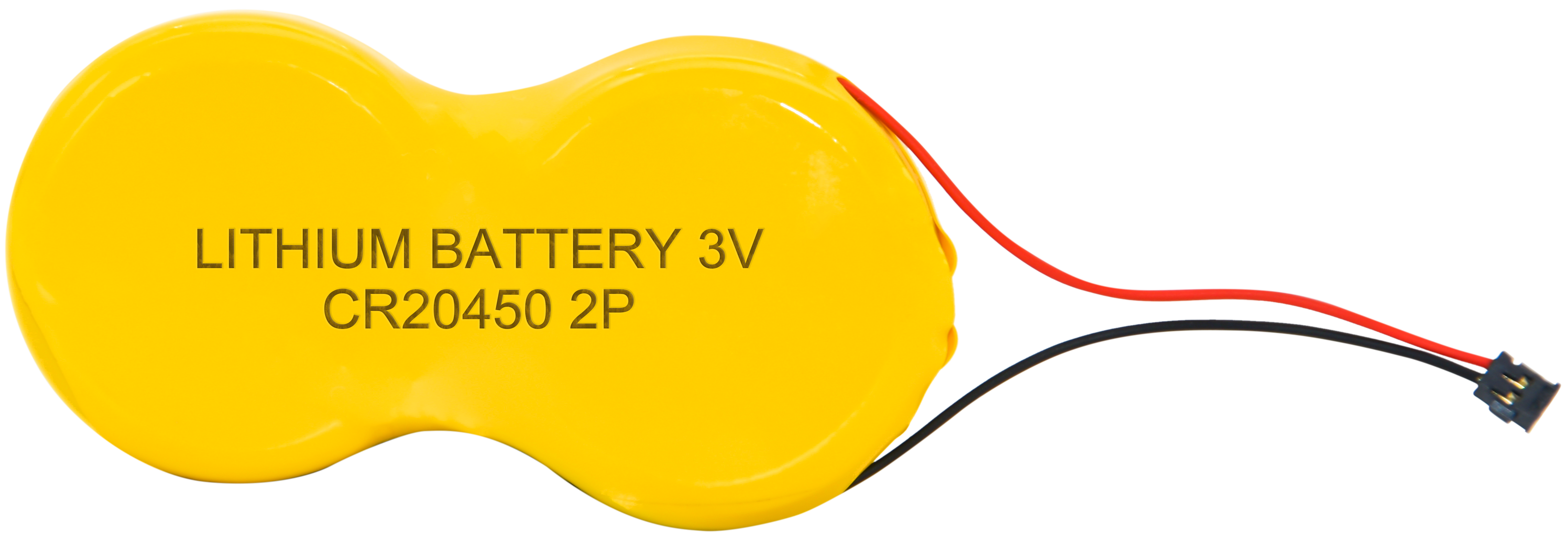lithium button cell
The lithium button cell represents a compact yet powerful energy storage solution that has revolutionized portable electronics. These small, coin-shaped batteries utilize lithium-based chemistry to deliver reliable power in a remarkably compact form factor. Typically ranging from 5 to 25 millimeters in diameter, these cells provide a nominal voltage of 3V, significantly higher than their alkaline counterparts. The construction consists of a lithium anode, a manganese dioxide cathode, and an organic electrolyte, all sealed within a stainless steel casing. Their high energy density enables extended operational life, while their low self-discharge rate ensures longevity even during storage. These cells excel in applications requiring long-term, stable power delivery, such as watches, calculators, medical devices, car key fobs, and various IoT devices. The lithium button cell's ability to perform consistently across a wide temperature range, coupled with its impressive energy-to-weight ratio, makes it an indispensable power source in modern electronics. Their hermetic seal prevents leakage, ensuring safe and reliable operation throughout their service life.


